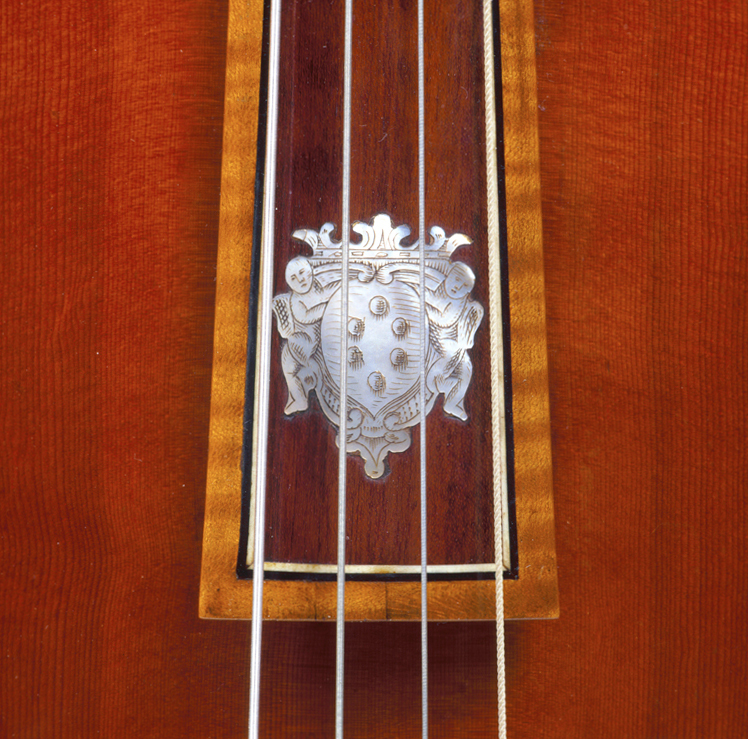Tenor viola
Antonio Stradivari
MUSICAL INSTRUMENTS
Data sheet
- Author: Antonio Stradivari
- Date: 1690
- Collection: MUSICAL INSTRUMENTS
- Technique: Abete rosso e acero
- Inventory: Inv. Cherubini 1988/15
Image gallery
L'opera
The tenor viola displayed in the section of the Galleria dell’Accademia devoted to musical instruments was made by Antonio Stradivari in 1690. The spruce and maple instrument is also known as the Medici viola, since it was made for the grand prince of Tuscany Ferdinando de’ Medici for the Medici Quintet, which comprised two violins, two violas (tenor and contralto) and one violoncello, following the typical formation of a chamber orchestra. The viola is distinguished for its extreme refinement, complete with ivory and ebony inserts and mother-of-pearl inlay, including the Medici coat-of-arms. The celebrated string quintet, depicted in the painting displayed here by Anton Domenico Gabbiani showing Ferdinand surrounded by his musicians, was unfortunately broken up. In addition to the viola, the Galleria dell’Accademia also preserves the violoncello, it, too, decorated with the Medici coat-of-arms. After the Medici family died out, the grand duchy of Tuscany was passed to the ruling Austrian family, the House of Habsburg-Lorraine. Under Lorraine rule (1737–1860), many string instruments were modified to make them suitable for the new taste and musical repertoire. Specifically, the position of the neck was altered, bending it back to increase resistance to the tension of the strings and thus produce brighter notes. This elongated the fretboard, opening the way for a wider range of high notes. The Medici viola is the only instrument in the world made by the renowned luthier from Cremona that has been preserved perfectly intact, without having been subjected to the repositioning of the neck or a reduction in size.


















